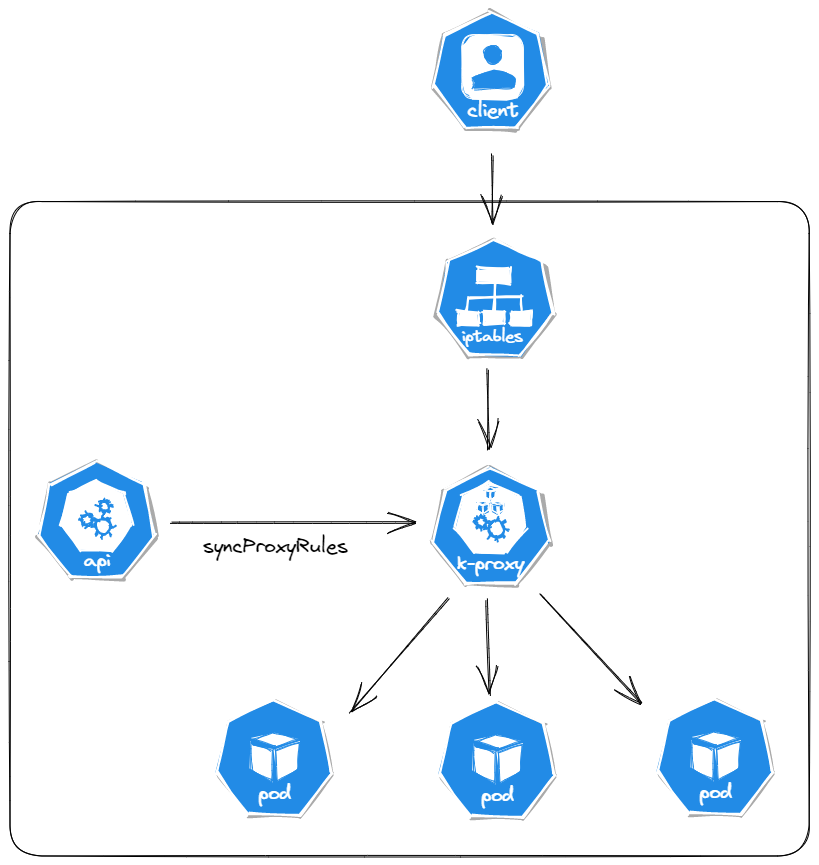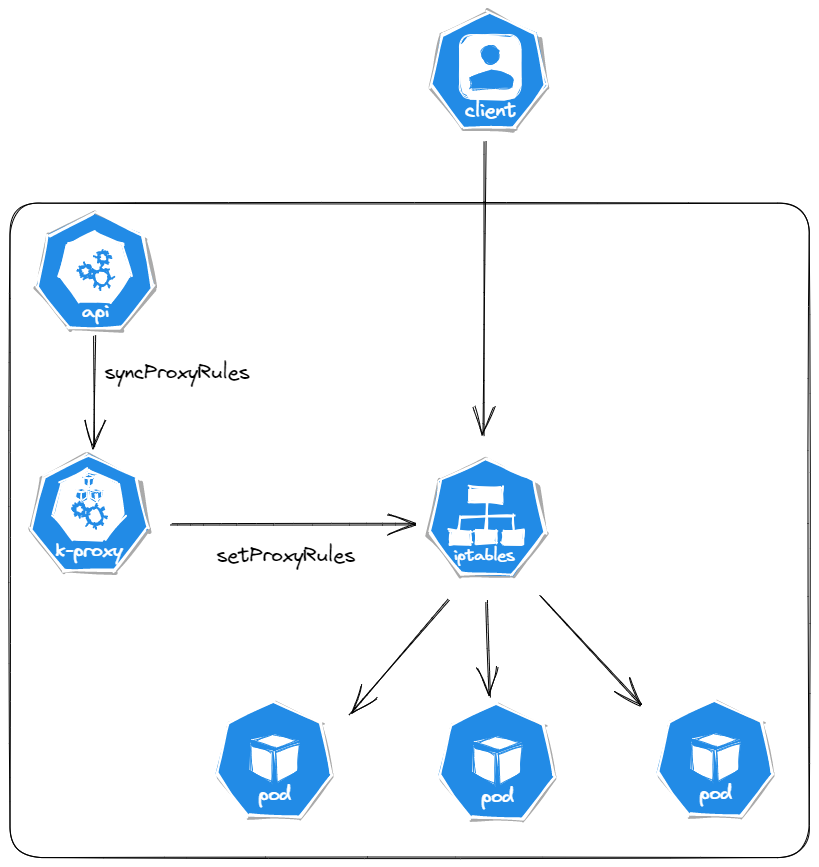1
2
3
4
5
6
7
8
9
10
11
12
13
14
15
16
17
18
19
20
21
22
23
24
25
26
27
28
29
30
31
32
33
34
35
36
37
38
39
40
41
42
43
44
45
46
47
48
49
50
51
52
53
54
55
56
57
58
59
60
61
62
63
64
65
66
67
68
69
70
71
72
73
74
75
76
77
78
79
80
81
82
83
84
85
86
87
88
89
90
91
92
93
94
95
96
97
98
99
100
101
102
103
104
105
106
107
108
109
110
111
112
113
114
115
116
117
118
119
120
121
122
123
124
125
126
127
128
129
130
131
132
133
134
135
136
137
138
139
140
141
142
143
144
145
146
147
148
149
150
151
152
153
154
155
156
157
158
159
160
161
162
163
164
165
166
167
168
169
170
171
172
173
174
175
176
177
178
179
180
181
182
183
184
185
186
187
188
189
190
191
192
193
194
195
196
197
198
199
200
201
202
203
204
205
206
207
208
209
210
211
212
213
214
215
216
217
218
219
220
221
222
223
224
225
226
227
228
229
230
231
232
233
234
235
236
237
238
239
240
241
242
243
244
245
246
247
248
249
250
251
252
253
254
255
256
257
258
259
260
261
262
263
264
265
266
267
268
269
270
271
272
273
274
275
276
277
278
279
280
281
282
283
284
285
286
287
288
289
290
291
292
293
294
295
296
297
298
299
300
301
302
303
304
305
306
307
308
309
310
311
312
313
314
315
316
317
318
319
320
|
// NewProxyServer() 是调用 newProxyServer() 完成构造的。
func NewProxyServer(o *Options) (*ProxyServer, error) {
return newProxyServer(o.config, o.CleanupAndExit, o.master)
}
func newProxyServer(
config *proxyconfigapi.KubeProxyConfiguration,
cleanupAndExit bool,
master string) (*ProxyServer, error) {
if config == nil {
return nil, errors.New("config is required")
}
// 初始化配置
if c, err := configz.New(proxyconfigapi.GroupName); err == nil {
c.Set(config)
} else {
return nil, fmt.Errorf("unable to register configz: %s", err)
}
var iptInterface utiliptables.Interface
var ipvsInterface utilipvs.Interface
var kernelHandler ipvs.KernelHandler
var ipsetInterface utilipset.Interface
// Create a iptables utils.
execer := exec.New()
kernelHandler = ipvs.NewLinuxKernelHandler()
ipsetInterface = utilipset.New(execer)
canUseIPVS, err := ipvs.CanUseIPVSProxier(kernelHandler, ipsetInterface, config.IPVS.Scheduler)
if string(config.Mode) == proxyModeIPVS && err != nil {
klog.Errorf("Can't use the IPVS proxier: %v", err)
}
if canUseIPVS {
ipvsInterface = utilipvs.New(execer)
}
// We omit creation of pretty much everything if we run in cleanup mode
if cleanupAndExit {
return &ProxyServer{
execer: execer,
IpvsInterface: ipvsInterface,
IpsetInterface: ipsetInterface,
}, nil
}
if len(config.ShowHiddenMetricsForVersion) > 0 {
metrics.SetShowHidden()
}
hostname, err := utilnode.GetHostname(config.HostnameOverride)
if err != nil {
return nil, err
}
client, eventClient, err := createClients(config.ClientConnection, master)
if err != nil {
return nil, err
}
nodeIP := detectNodeIP(client, hostname, config.BindAddress)
klog.Infof("Detected node IP %s", nodeIP.String())
// Create event recorder
eventBroadcaster := events.NewBroadcaster(&events.EventSinkImpl{Interface: client.EventsV1()})
recorder := eventBroadcaster.NewRecorder(scheme.Scheme, "kube-proxy")
nodeRef := &v1.ObjectReference{
Kind: "Node",
Name: hostname,
UID: types.UID(hostname),
Namespace: "",
}
var healthzServer healthcheck.ProxierHealthUpdater
if len(config.HealthzBindAddress) > 0 {
healthzServer = healthcheck.NewProxierHealthServer(config.HealthzBindAddress, 2*config.IPTables.SyncPeriod.Duration, recorder, nodeRef)
}
var proxier proxy.Provider
var detectLocalMode proxyconfigapi.LocalMode
// 检查代理模式
proxyMode := getProxyMode(string(config.Mode), canUseIPVS, iptables.LinuxKernelCompatTester{})
detectLocalMode, err = getDetectLocalMode(config)
if err != nil {
return nil, fmt.Errorf("cannot determine detect-local-mode: %v", err)
}
var nodeInfo *v1.Node
if detectLocalMode == proxyconfigapi.LocalModeNodeCIDR {
klog.Infof("Watching for node %s, awaiting podCIDR allocation", hostname)
nodeInfo, err = waitForPodCIDR(client, hostname)
if err != nil {
return nil, err
}
klog.Infof("NodeInfo PodCIDR: %v, PodCIDRs: %v", nodeInfo.Spec.PodCIDR, nodeInfo.Spec.PodCIDRs)
}
klog.V(2).Info("DetectLocalMode: '", string(detectLocalMode), "'")
primaryProtocol := utiliptables.ProtocolIPv4
if utilsnet.IsIPv6(nodeIP) {
primaryProtocol = utiliptables.ProtocolIPv6
}
iptInterface = utiliptables.New(execer, primaryProtocol)
var ipt [2]utiliptables.Interface
dualStack := utilfeature.DefaultFeatureGate.Enabled(features.IPv6DualStack) && proxyMode != proxyModeUserspace
if dualStack {
// Create iptables handlers for both families, one is already created
// Always ordered as IPv4, IPv6
if primaryProtocol == utiliptables.ProtocolIPv4 {
ipt[0] = iptInterface
ipt[1] = utiliptables.New(execer, utiliptables.ProtocolIPv6)
// Just because the feature gate is enabled doesn't mean the node
// actually supports dual-stack
if _, err := ipt[1].ChainExists(utiliptables.TableNAT, utiliptables.ChainPostrouting); err != nil {
klog.Warningf("No iptables support for IPv6: %v", err)
dualStack = false
}
} else {
ipt[0] = utiliptables.New(execer, utiliptables.ProtocolIPv4)
ipt[1] = iptInterface
}
}
if dualStack {
klog.V(0).Infof("kube-proxy running in dual-stack mode, %s-primary", iptInterface.Protocol())
} else {
klog.V(0).Infof("kube-proxy running in single-stack %s mode", iptInterface.Protocol())
}
if proxyMode == proxyModeIPTables {
klog.V(0).Info("Using iptables Proxier.")
if config.IPTables.MasqueradeBit == nil {
// MasqueradeBit must be specified or defaulted.
return nil, fmt.Errorf("unable to read IPTables MasqueradeBit from config")
}
if dualStack {
klog.V(0).Info("creating dualStackProxier for iptables.")
// Always ordered to match []ipt
var localDetectors [2]proxyutiliptables.LocalTrafficDetector
localDetectors, err = getDualStackLocalDetectorTuple(detectLocalMode, config, ipt, nodeInfo)
if err != nil {
return nil, fmt.Errorf("unable to create proxier: %v", err)
}
// TODO this has side effects that should only happen when Run() is invoked.
proxier, err = iptables.NewDualStackProxier(
ipt,
utilsysctl.New(),
execer,
config.IPTables.SyncPeriod.Duration,
config.IPTables.MinSyncPeriod.Duration,
config.IPTables.MasqueradeAll,
int(*config.IPTables.MasqueradeBit),
localDetectors,
hostname,
nodeIPTuple(config.BindAddress),
recorder,
healthzServer,
config.NodePortAddresses,
)
} else { // Create a single-stack proxier.
var localDetector proxyutiliptables.LocalTrafficDetector
localDetector, err = getLocalDetector(detectLocalMode, config, iptInterface, nodeInfo)
if err != nil {
return nil, fmt.Errorf("unable to create proxier: %v", err)
}
// TODO this has side effects that should only happen when Run() is invoked.
proxier, err = iptables.NewProxier(
iptInterface,
utilsysctl.New(),
execer,
config.IPTables.SyncPeriod.Duration,
config.IPTables.MinSyncPeriod.Duration,
config.IPTables.MasqueradeAll,
int(*config.IPTables.MasqueradeBit),
localDetector,
hostname,
nodeIP,
recorder,
healthzServer,
config.NodePortAddresses,
)
}
if err != nil {
return nil, fmt.Errorf("unable to create proxier: %v", err)
}
proxymetrics.RegisterMetrics()
} else if proxyMode == proxyModeIPVS {
klog.V(0).Info("Using ipvs Proxier.")
if dualStack {
klog.V(0).Info("creating dualStackProxier for ipvs.")
nodeIPs := nodeIPTuple(config.BindAddress)
// Always ordered to match []ipt
var localDetectors [2]proxyutiliptables.LocalTrafficDetector
localDetectors, err = getDualStackLocalDetectorTuple(detectLocalMode, config, ipt, nodeInfo)
if err != nil {
return nil, fmt.Errorf("unable to create proxier: %v", err)
}
proxier, err = ipvs.NewDualStackProxier(
ipt,
ipvsInterface,
ipsetInterface,
utilsysctl.New(),
execer,
config.IPVS.SyncPeriod.Duration,
config.IPVS.MinSyncPeriod.Duration,
config.IPVS.ExcludeCIDRs,
config.IPVS.StrictARP,
config.IPVS.TCPTimeout.Duration,
config.IPVS.TCPFinTimeout.Duration,
config.IPVS.UDPTimeout.Duration,
config.IPTables.MasqueradeAll,
int(*config.IPTables.MasqueradeBit),
localDetectors,
hostname,
nodeIPs,
recorder,
healthzServer,
config.IPVS.Scheduler,
config.NodePortAddresses,
kernelHandler,
)
} else {
var localDetector proxyutiliptables.LocalTrafficDetector
localDetector, err = getLocalDetector(detectLocalMode, config, iptInterface, nodeInfo)
if err != nil {
return nil, fmt.Errorf("unable to create proxier: %v", err)
}
proxier, err = ipvs.NewProxier(
iptInterface,
ipvsInterface,
ipsetInterface,
utilsysctl.New(),
execer,
config.IPVS.SyncPeriod.Duration,
config.IPVS.MinSyncPeriod.Duration,
config.IPVS.ExcludeCIDRs,
config.IPVS.StrictARP,
config.IPVS.TCPTimeout.Duration,
config.IPVS.TCPFinTimeout.Duration,
config.IPVS.UDPTimeout.Duration,
config.IPTables.MasqueradeAll,
int(*config.IPTables.MasqueradeBit),
localDetector,
hostname,
nodeIP,
recorder,
healthzServer,
config.IPVS.Scheduler,
config.NodePortAddresses,
kernelHandler,
)
}
if err != nil {
return nil, fmt.Errorf("unable to create proxier: %v", err)
}
proxymetrics.RegisterMetrics()
} else {
klog.V(0).Info("Using userspace Proxier.")
// TODO this has side effects that should only happen when Run() is invoked.
proxier, err = userspace.NewProxier(
userspace.NewLoadBalancerRR(),
net.ParseIP(config.BindAddress),
iptInterface,
execer,
*utilnet.ParsePortRangeOrDie(config.PortRange),
config.IPTables.SyncPeriod.Duration,
config.IPTables.MinSyncPeriod.Duration,
config.UDPIdleTimeout.Duration,
config.NodePortAddresses,
)
if err != nil {
return nil, fmt.Errorf("unable to create proxier: %v", err)
}
}
useEndpointSlices := true
if proxyMode == proxyModeUserspace {
// userspace mode doesn't support endpointslice.
useEndpointSlices = false
}
return &ProxyServer{
Client: client,
EventClient: eventClient,
IptInterface: iptInterface,
IpvsInterface: ipvsInterface,
IpsetInterface: ipsetInterface,
execer: execer,
Proxier: proxier,
Broadcaster: eventBroadcaster,
Recorder: recorder,
ConntrackConfiguration: config.Conntrack,
Conntracker: &realConntracker{},
ProxyMode: proxyMode,
NodeRef: nodeRef,
MetricsBindAddress: config.MetricsBindAddress,
BindAddressHardFail: config.BindAddressHardFail,
EnableProfiling: config.EnableProfiling,
OOMScoreAdj: config.OOMScoreAdj,
ConfigSyncPeriod: config.ConfigSyncPeriod.Duration,
HealthzServer: healthzServer,
UseEndpointSlices: useEndpointSlices,
}, nil
}
|


